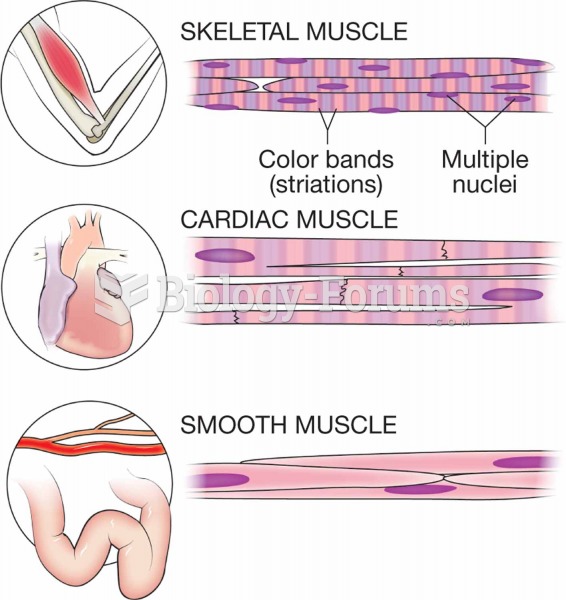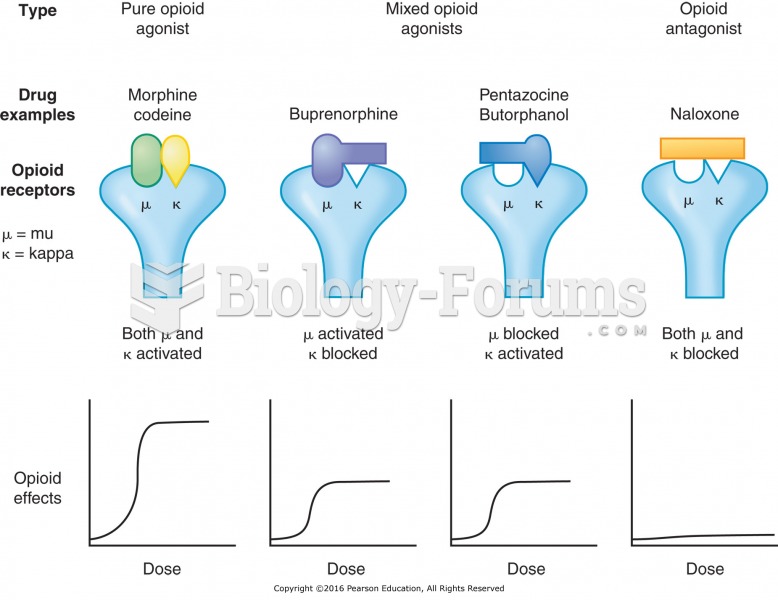Answer to Question 1
Whether the relationship may or may not be with a provider of logistics services, today's supply chain relationships are most effective when collaboration occurs among the participants who are involved. Collaboration may be thought of as a business practice that encourages individual organizations to share information and resources for the benefit of all..
According to Dr. Michael Hammer, collaboration allows companies to leverage each other on an operational basis so that together they perform better than they did separately.. He continues by suggesting that collaboration becomes a reality when the power of the Internet facilitates the ability of supply chain participants to readily transact with each other and to access each other's information.
While this approach creates a synergistic business environment in which the sum of the parts is greater than the whole, it is not one that comes naturally to most organizations, particularly those offering similar or competing products or services. In terms of a logistics example, consider that consumer products manufacturers sometimes go to great lengths to make sure that their products are not transported from plants to customers' distribution centers with products of competing firms. While this practice does have certain logic, a willingness of the involved parties to collaborate and share resources can create significant logistical efficiencies. Also, it makes sense, considering that retailers routinely commingle competing products as they are transported from distribution centers to retail stores. When organizations refuse to collaborate, real losses may easily outweigh perceived gains.
The contemporary topic of importance is collaboration.. Most simply, collaboration occurs when companies work together for mutual benefit. Since it is difficult to imagine very many logistics or supply chain improvements that involve only one firm, the need for effective relationships is obvious. Collaboration goes well beyond vague expressions of partnership and aligned interests. It means that companies leverage each other on an operational basis so that together they perform better than they did separately. It creates a synergistic business environment in which the sum of the parts is greater than the whole.
Types of collaboration include:
Vertical collaboration refers to collaboration typically among buyers and sellers in the supply chain. This refers to the traditional linkages between firms in the supply chain such as retailers, distributors, manufacturers, and parts and materials suppliers. Transactions between buyers and sellers can be automated, and efficiencies can be significantly improved.
Companies can share plans and provide mutual visibility that causes them to change behavior. A contemporary example of vertical collaboration is collaborative planning, forecasting, and replenishment (CPFR), an approach that helps buyers and sellers to better align supply and demand by directly sharing critical information such as sales forecasts.
Horizontal collaboration refers to a relationship that is buyer to buyer and/or seller to seller, and in some cases even between competitors. Essentially, this type of collaboration refers to business arrangements between firms that have parallel or cooperating positions in the logistics or supply chain process. Horizontal collaboration can help find and eliminate hidden costs in the supply chain that everyone pays for by allowing joint product design, sourcing, manufacturing, and logistics.
Full collaboration is the dynamic combination of both vertical and horizontal collaboration. Only with full collaboration do dramatic efficiency gains begin to occur. With full collaboration, it is intended that benefits accrue to all members of the collaboration. The development of agreed-upon methods for sharing gains and losses is essential to the success of the collaboration.
Answer to Question 2
False







